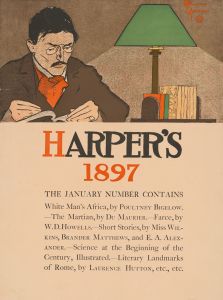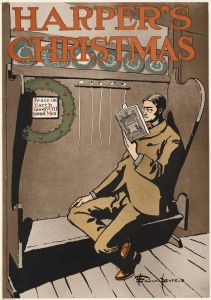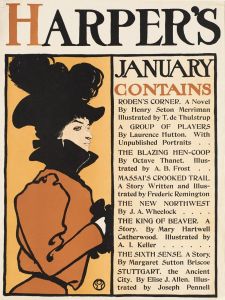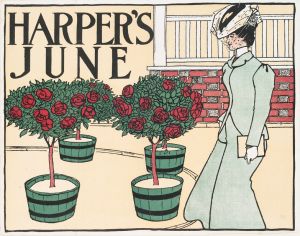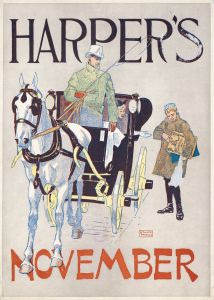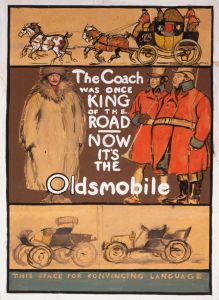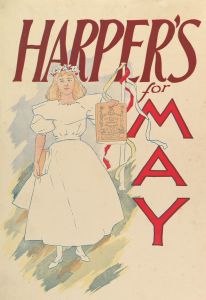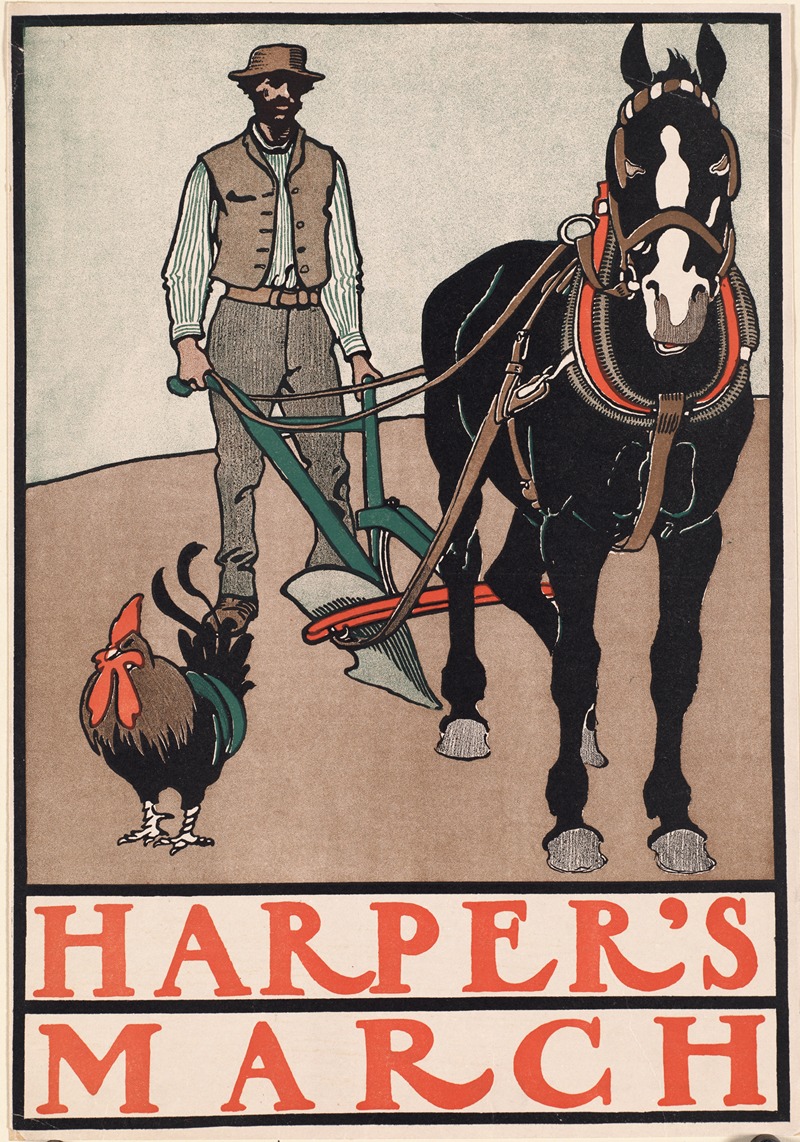
Harper’s March
A hand-painted replica of Edward Penfield’s masterpiece Harper’s March, meticulously crafted by professional artists to capture the true essence of the original. Each piece is created with museum-quality canvas and rare mineral pigments, carefully painted by experienced artists with delicate brushstrokes and rich, layered colors to perfectly recreate the texture of the original artwork. Unlike machine-printed reproductions, this hand-painted version brings the painting to life, infused with the artist’s emotions and skill in every stroke. Whether for personal collection or home decoration, it instantly elevates the artistic atmosphere of any space.
Edward Penfield's Harper’s March is a notable example of early 20th-century American illustration and poster art. Created in 1896, the artwork was designed as a cover for the March issue of Harper’s Magazine, a prominent literary and cultural publication of the time. Penfield, often regarded as one of the pioneers of American graphic design, served as the art director for Harper’s Magazine from 1891 to 1901. During his tenure, he produced a series of monthly covers that are celebrated for their innovative and visually striking designs.
Harper’s March reflects Penfield's characteristic style, which combines bold, simplified forms with a strong sense of composition and color. The illustration depicts a fashionable woman dressed in late 19th-century attire, holding an issue of Harper’s Magazine. The scene is rendered with clean lines and a limited color palette, a hallmark of Penfield's work that aligns with the influence of the Art Nouveau movement and the poster art traditions of Europe, particularly those of French artists like Jules Chéret and Henri de Toulouse-Lautrec.
Penfield's covers for Harper’s Magazine were not only functional as promotional materials but also elevated the status of magazine illustration to an art form. His work played a significant role in shaping the visual identity of the publication and contributed to the broader development of American illustration during the "Golden Age of Illustration," a period spanning the late 19th and early 20th centuries.
The Harper’s March cover, like many of Penfield's designs, was intended to appeal to the magazine's educated and affluent readership. It reflects the cultural and aesthetic sensibilities of the era, emphasizing refinement, leisure, and intellectual engagement. Penfield's ability to capture these themes in his artwork helped establish him as one of the leading figures in American poster art.
Today, Harper’s March and other works by Edward Penfield are regarded as important examples of early graphic design and are studied for their historical and artistic significance. Original prints and reproductions of Penfield's magazine covers are sought after by collectors and are frequently displayed in exhibitions dedicated to the history of illustration and design.





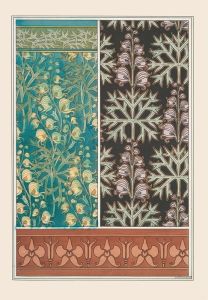
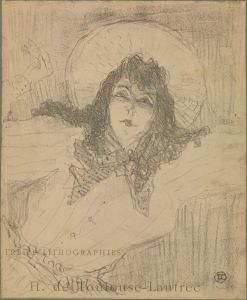
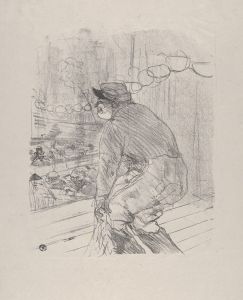
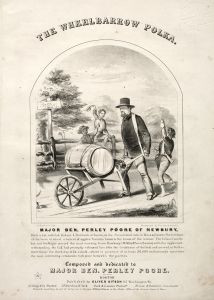
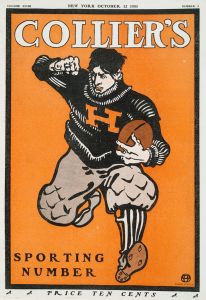
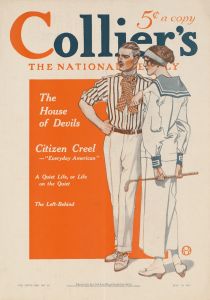
![Harper’s [for] April](/imgs/252614/s/edward-penfield-harpers-for-april-4582d088.jpg)
